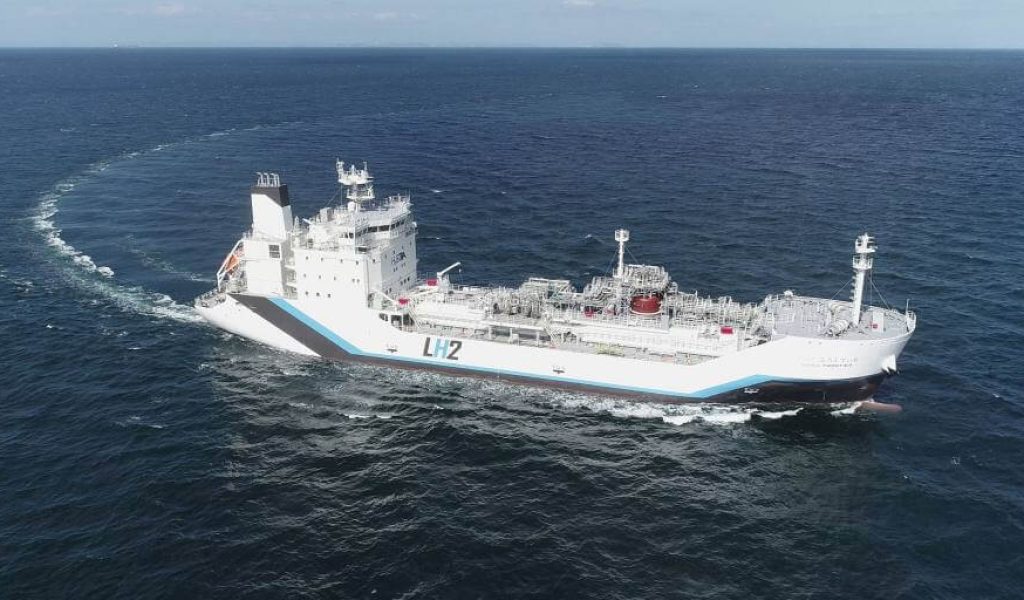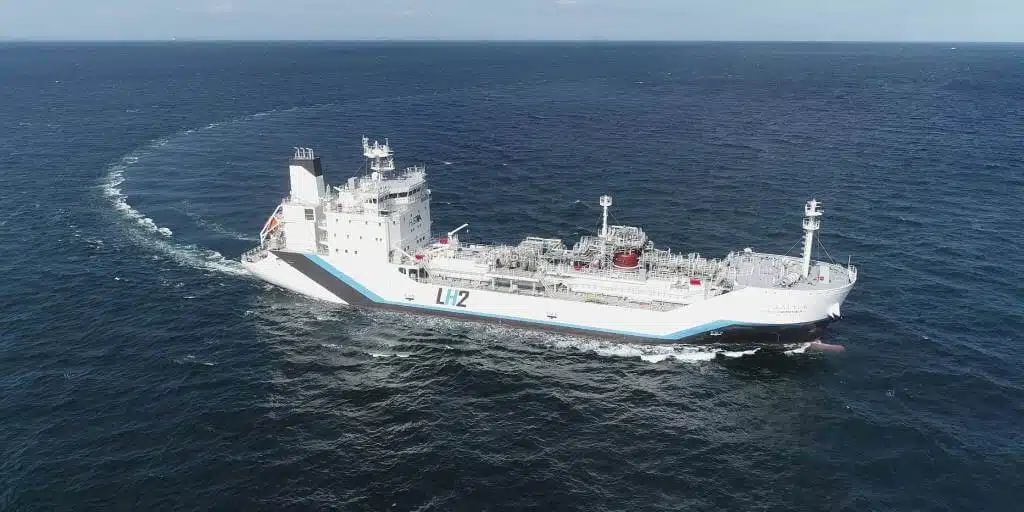The Land Down Under is stepping up to the challenge posed to it during last November’s COP26 Climate Change Summit in Glasgow, Scotland.
The Australian government believes that it could soon be producing green hydrogen for domestic use, with enough to export to other nations. It is an industry that isn’t just renewable or sustainable but will also be worth up to US$35.89 billion over the next three decades.
Hydrogen production isn’t anything new when it comes to Australia, as the country has been using it in oil refineries and fertilizer production. However, given how much of the hydrogen produced in Australia was derived from fossil fuels, a cleaner and more renewable production method is considered revolutionary.
The Australian Advantage
Australia is seen as an ideal location for the production of green hydrogen, and parts of North Queensland and Tasmania and being pinpointed as potential areas for the placement of facilities. Indeed, experts believe that North Queensland could be the country’s primary green hydrogen hub by 2030, while a steady drop in the price of solar power generation could see New South Wales, other parts of Queensland, Victoria, and South Australia as low-cost producers.
This shift towards green hydrogen is seen as a viable way to reduce – and eventually, end – the country’s reliance on black coal. While Australia sold nearly $64 billion worth of black coal to China, Japan, India, and South Korea back in 2019, its own reliance on the fuel has been dwindling considerably.
However, it is highly unlikely that Australia will be able to produce enough green hydrogen at the lowest possible rates to compete against fossil fuels any time soon. At present, the country doesn’t seem to have any measures to tax companies for carbon pollution. But with renewable energy sources becoming cheaper than coal, technical and economic improvements to battery storage, and cheaper electrolyzers currently in development, all this is set to change.
In fact, electrolyzer costs may drop by 83% by 2040, and the price of gas-derived hydrogen with carbon capture is expected to drop only marginally. These potential developments are expected to pave the way for green hydrogen’s market dominance beginning in 2030.
Who Stands to Gain the Most From the Green Hydrogen Boom?
According to some industry analysts who have looked into the feasibility of the green hydrogen industry in Australia, Far North Queensland and Tasmania stand to become the locations producing the bulk of low-cost fuel thanks to a large amount of renewable resources available within both states. In the former, green hydrogen may cost around $2.94 per kilogram; in the latter, the cost would be pegged slightly higher at $3.15 per kilogram.
Likewise, thanks to the steady drop in solar power and electrolyzer prices, sunnier parts of the country like inland New South Wales, Victoria, South Australia, and central Queensland stand to become the next key locations for the growing industry.







